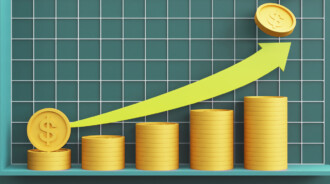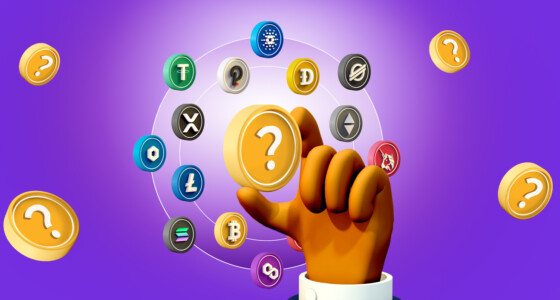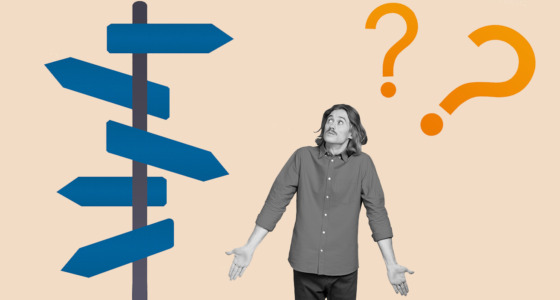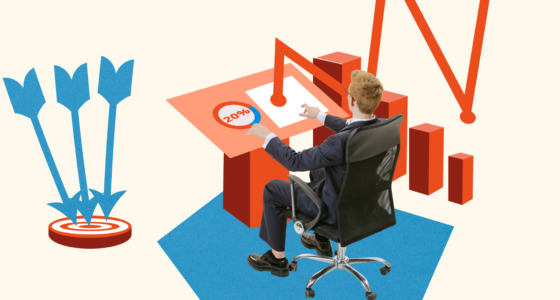

Drones might seem like a futuristic concept, but their history actually reaches back further than you might imagine. The roots of unmanned aircraft trace back to as early as 1849 in Austria. While these early devices were far from the sleek drones we have today, they marked the beginning of aerial innovation — even if they were used as military tools back then.
Fast forward to the present day, and the evolution of drones has taken flight in extraordinary ways. Plus, the allure of faster, more efficient, and contactless deliveries is sparking interest among investors. Here’s your guide to the topic from an investment standpoint for Binomo users.
History of commercial drones
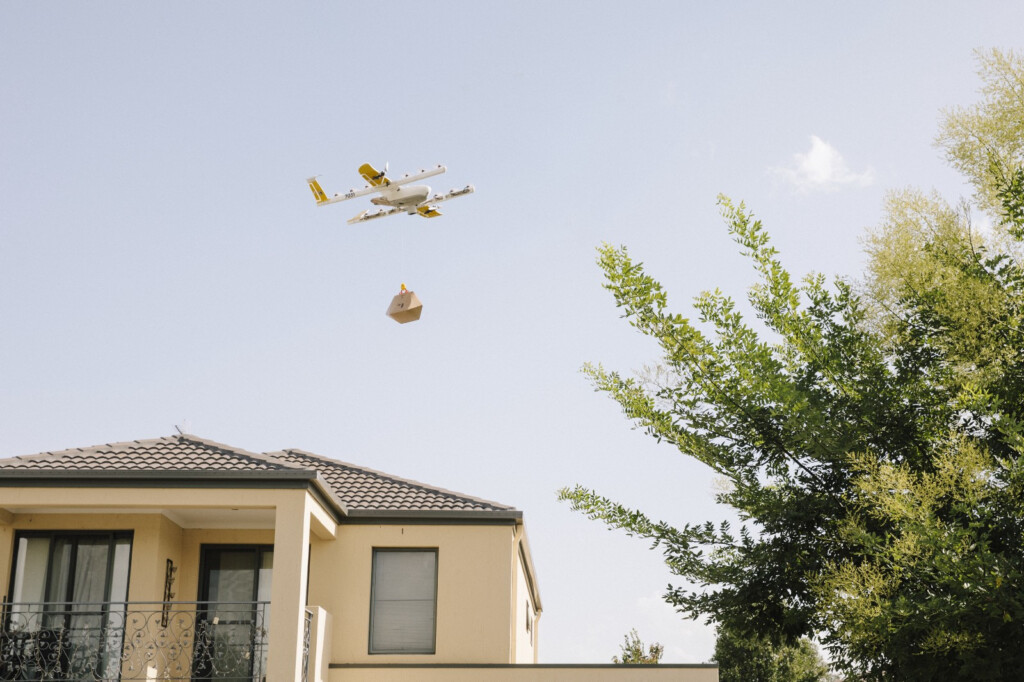
Commercial drones were obviously inspired by nearly a century and a half of military research and development, with gradual integration into non-military sectors in 2006. Coincidentally, this marked the year when the Federal Aviation Administration issued its first commercial drone permit in the United States.
Government entities began experimenting with drones for tasks such as disaster relief and border surveillance. Simultaneously, businesses explored commercial applications for drones, including pipeline inspections, crop monitoring, and security operations.
However, despite these advancements in technology and regulatory frameworks, it wasn’t until later that the commercial drone industry truly gained momentum. The year 2013 became a pivotal point when Amazon made headlines by announcing its intention to utilize drones for package delivery.
Yet, even as interest soared, the commercial drone industry grappled with regulatory challenges and uncertainties. The integration of drones into the airspace shared with manned aircraft posed complex safety and operational issues that necessitated careful consideration and regulatory frameworks. This phase of regulatory adjustment spanned over a decade.
Growing interest in drone delivery and drone delivery companies
The future air mobility industry now boasts a backlog of orders for over 18,000 aircraft, which translates to an estimated $111 billion in sales. These promising indicators align with the consensus among experts that the drone delivery sector is poised for massive expansion, and several factors contribute to their optimism.
Firstly, there has been a persistent and escalating demand for faster deliveries in recent years. To cater to this demand, industry giants such as Amazon and Walmart have made substantial investments in drone delivery technologies. Renowned delivery services like UPS have followed suit by integrating drone deliveries into their portfolio.
Secondly, the lockdowns have acted as a powerful accelerant. And thirdly, drones have evolved from relatively simple unmanned aircraft to highly sophisticated and capable machines. Drones now possess the ability to navigate complex environments, avoid obstacles, and make real-time decisions based on their surroundings.
The evolving landscape and factors in play
While the progress for drone delivery has been substantial, it’s far from its full potential. There are three catalysts that will determine the sector’s trajectory going forward:
Regulation
Rules determine what kind of actions are permitted, like where and when drones can fly, and the conditions they need to meet. For instance, regulations might say that each drone needs its own operator or that one person can control many drones. This decision matters because the ratio of operators to drones has a big impact on costs.
In a significant development, the US Federal Aviation Administration’s Advisory Rulemaking Committee published recommendations in March 2022 concerning flight beyond the visual line of sight. Many in the industry believe that this guidance will bring much-needed clarity and guidance, fostering further expansion and innovation within the drone delivery sector.
Public acceptance
A survey of 4,500 people in six countries found that most people have a positive view of drone delivery. Around 60% of people surveyed would readily use a drone delivery service if it was offered in their location. In contrast, just 16% expressed reluctance to use the service. This translates to a ratio of 3.5 people willing to adopt for every person not inclined to adopt (with the remaining 27% being neutral on the matter).
Different neighborhoods might adopt drone delivery at different rates due to factors like how many people live there, where they are, and the local weather.
Cost
If everything else is the same, consumers will choose the cheapest delivery option. However, this situation could pose challenges due to the ongoing reduction because of alternative delivery methods like electric cars, self-driving vehicles, and ground robots.
This is a critical time in the drone delivery industry. The volume has gone up a lot in recent years, but what comes next is unclear. The interplay of regulations, customer acceptance, and cost considerations will collectively determine whether this industry realizes its potential or remains confined to specific, isolated applications.

Sectors in flight: diverse applications of drone delivery
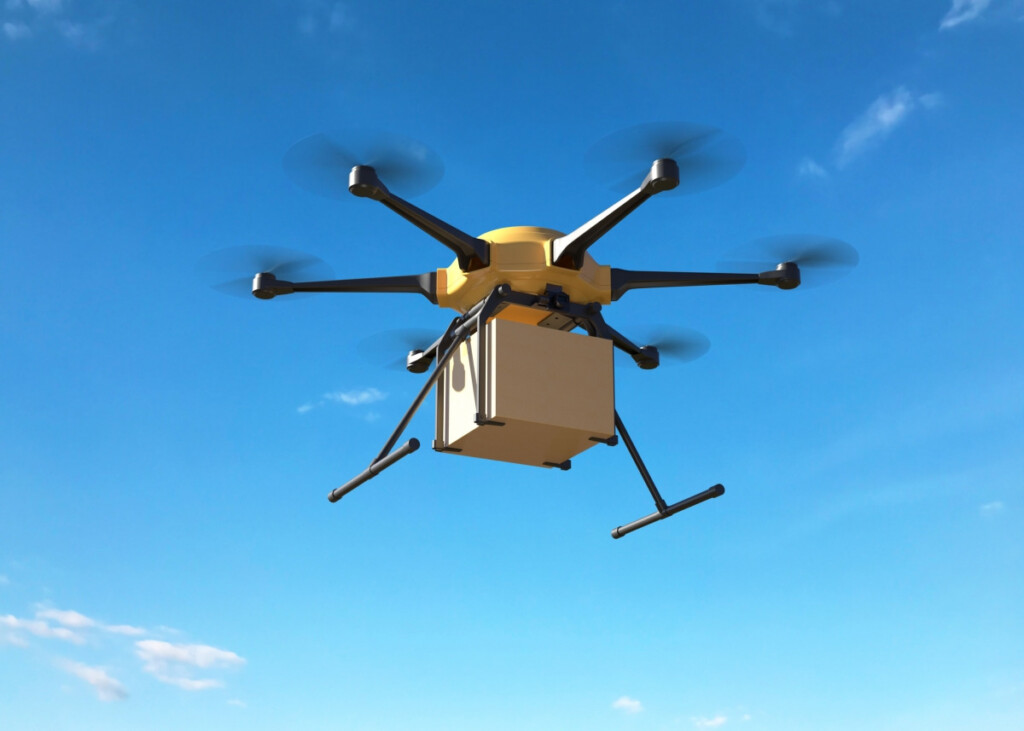
In the rapidly expanding landscape of the drone delivery services market, the possibilities seem endless. They’re already branching out to revolutionize these sectors:
E-commerce revolution
The delivery process in e-commerce has often been a bottleneck, as traditional shipping methods take days to deliver goods. So far, this is seen as a publicity-gaining exercise, the use of drones for delivery purposes (Amazon’s Prime Air and other initiatives) has sparked a trend that could redefine logistics and customer expectations.
The time savings for retailers and customers could be substantial, primarily due to the avoidance of ground-level traffic. An additional advantage is the delivery process itself: instead of managing multiple package drop-offs en route, each drone would be assigned a singular mission — delivering a single package.
Food delivery
Similarly, food services can not only provide faster and more efficient deliveries with drones but also reduce the burden on human employees. Drones can navigate through urban environments and deliver orders directly to the roofs of apartment buildings within specifically defined zones.
Furthermore, drone deliveries in the food industry align well with the growing demand for contactless and hygienic delivery options. As customers become more conscious of health and safety, the ability to receive meals via drones could be a meaningful selling point for food delivery platforms.
Healthcare delivery
The urgency associated with healthcare delivery makes it a prime candidate for the benefits of drone technology. One noteworthy success story is the use of long-range fixed-wing drones for delivering critical medical supplies, including HIV medicine, in a number of countries in Africa. Moreover, drones were employed during lockdowns for tasks like delivering test samples and medical supplies to remote or isolated areas.
The use of drones can overcome geographical barriers, which extends the reach of medical supplies to the most remote and inaccessible regions. Furthermore, these goods often have life-saving implications, and the speed at which they can be delivered is a critical factor in patient outcomes.
The promise of new trading assets
At the heart of this evolution lies the chance to diversify investment portfolios. Incorporating assets related to drone delivery services introduces a novel layer of diversification, potentially helping to mitigate risks with market fluctuations in other sectors. This is especially pertinent because the sector is relatively new and exhibits a level of dynamism that can bolster the resilience for investments.
The allure of the drone delivery sector also embodies the spirit of innovation and technological integration, particularly within logistics. For investors who embrace this sector, the rewards include exposure to cutting-edge advancements in drone manufacturing, artificial intelligence, data analytics, and communication systems.
The opportunities extend even to regions that were previously considered out of reach. Remote areas with limited infrastructure can now be accessed through the capabilities of drone technology. For traders and investors, this translates into newfound potential to venture into markets that were once inaccessible using traditional delivery methods.
Investing in the future
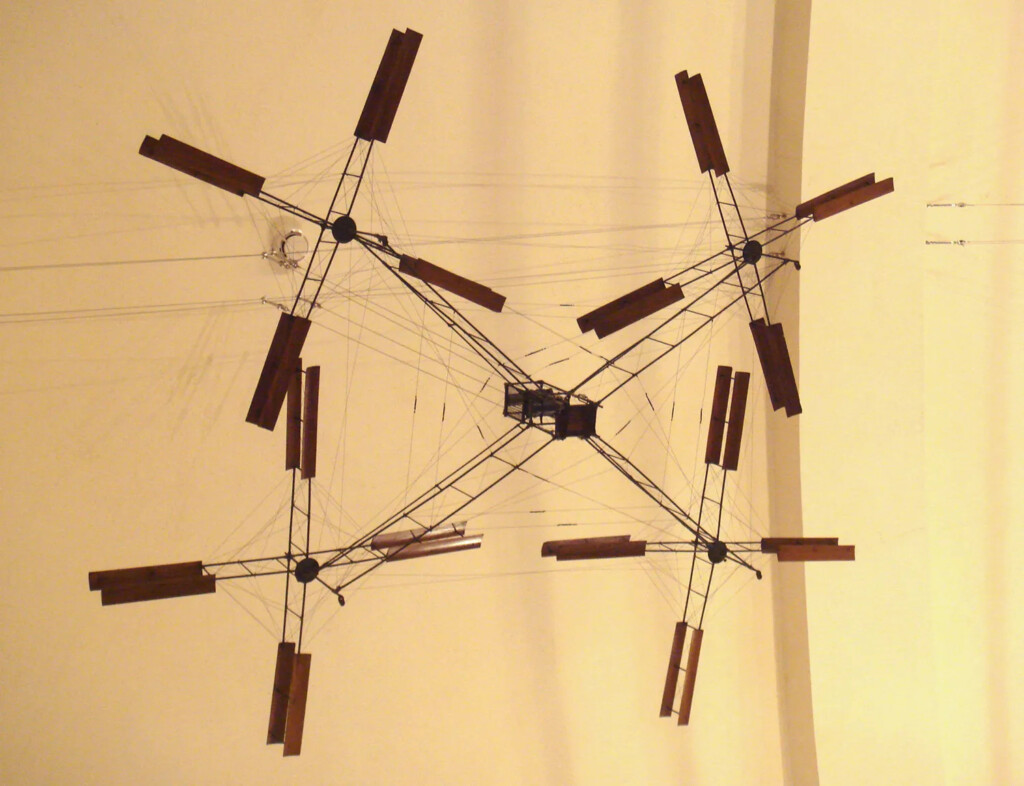
Drones are far from being a passing trend. They are firmly establishing themselves as a permanent fixture that will soon find their place in mainstream industries. The same attributes that have historically made drones valuable for the military are now translating to a wide array of business and civil government functions. What you’re currently witnessing is just the beginning — a glimpse of the immense potential that drones hold.
Right now, drones are operated by human pilots, but the future holds the promise of autonomous flight driven by predictive or prescriptive analytics. Another innovative concept is swarm intelligence, where drones collectively plan and execute complex tasks involving hundreds or even thousands of robots. See? The era of autonomous, collaborative drones is not that far away, and as investments pour in, this future is becoming increasingly tangible.
Just as technology continues to transform industries, trading platforms are also adapting to accommodate new opportunities that arise. So, traders and investors who are eager to explore the possibilities of drone delivery services should keep an eye on developments within the Binomo platform.
Sources:
The drone delivery services: An innovative application in an emerging economy.), ScienceDirect
Why flying drones could disrupt mobility and transportation, Gartner
Drones take to the sky, potentially disrupting last-mile delivery, McKinsey & Company


